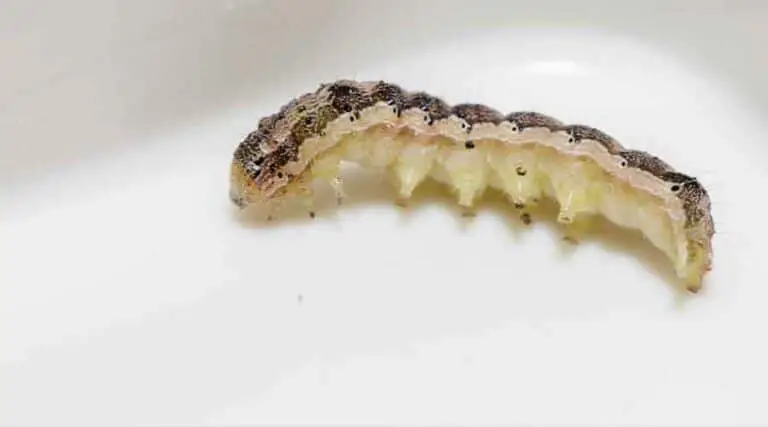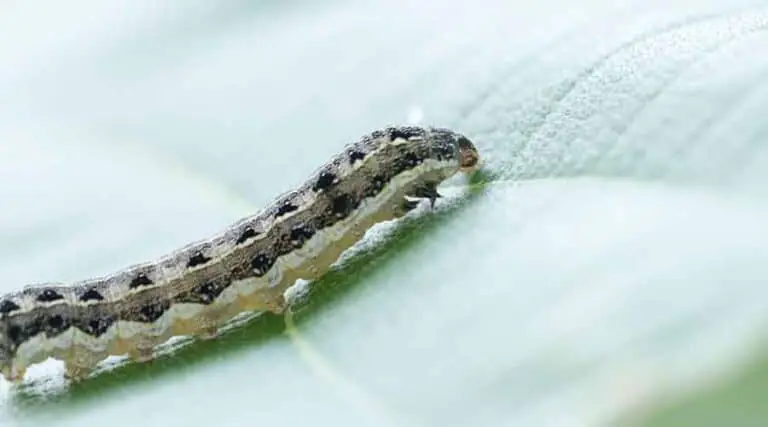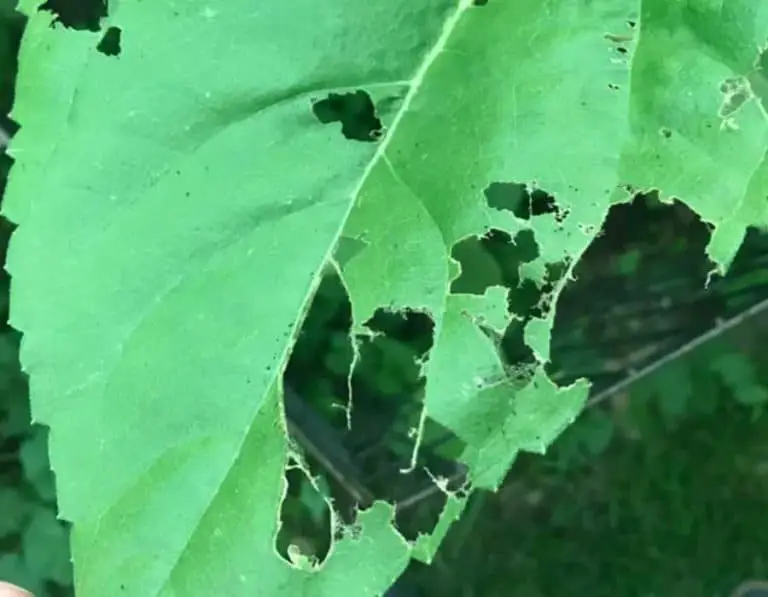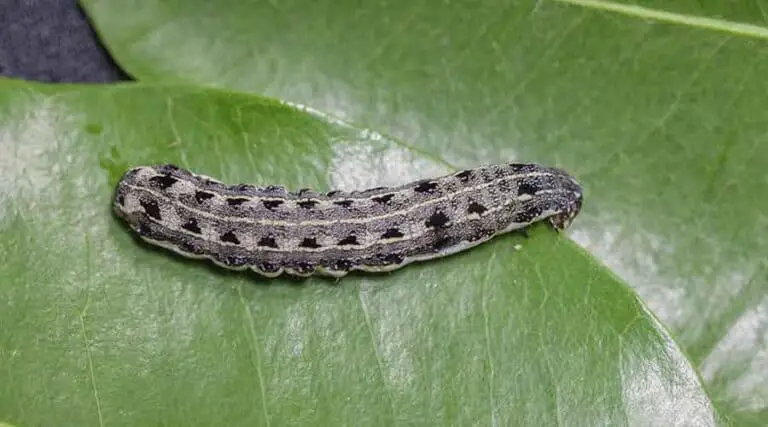Does Sluggo Kill Cutworms? Expert Analysis and Advice
Gardeners and farmers often struggle with various pests like slugs and cutworms that can cause significant damage to their plants. Since chemical pesticides can have adverse effects on the environment and beneficial insects, many people turn to more environmentally friendly solutions. One product that has become popular due to its effectiveness in controlling gastropods like slugs is Sluggo.
Sluggo, which is a formulation of iron phosphate, has been known to be an effective gastropod killer. However, its efficacy against other common agricultural pests such as cutworms is not as well documented. Cutworms, which are moth larvae, can be highly destructive to a variety of plants. According to a study, Sluggo Plus, a newer formulation of Sluggo that includes Spinosad, is designed to kill gastropods as well as some insects like earwigs, and cutworms. This information suggests that it may be an effective tool in dealing with various pests, including cutworms.
What Are Cutworms
Cutworms are a type of caterpillar that belongs to the moth family Noctuidae. These pests are notorious for attacking the stems and roots of young plants, causing considerable damage to many different crops. Cutworms can be found in various parts of the world and are active during the early stages of a plant’s growth.
There are several different species of cutworms, and they can cause damage in different ways. Some species are known as climbing cutworms, which climb up plants to feed on the leaves and stems. In contrast, other species, called subterranean cutworms, live in the soil and feed on the roots of plants.
Identifying and controlling cutworms is essential for protecting crops from these destructive pests. Early detection can be achieved by monitoring plants for signs of damage and the presence of cutworms themselves. Some common signs of cutworm activity include:
- Young plants being severed at or near the soil level
- Holes or notches in leaves
- Irregular damage to the plant’s stems and leaves
When it comes to controlling cutworm infestations, there are several options available including cultural practices, biological control agents, and the application of chemical pesticides when necessary. One example of a chemical pesticide used to combat cutworms and other pests is Sluggo Plus, a formulation of iron phosphate and Spinosad. This product is developed to kill gastropods as well as some insects, such as earwigs, cutworms, and other pests that may affect plants.
Overall, understanding what cutworms are and how they impact plants is crucial for gardeners and farmers to protect their crops from these destructive pests.
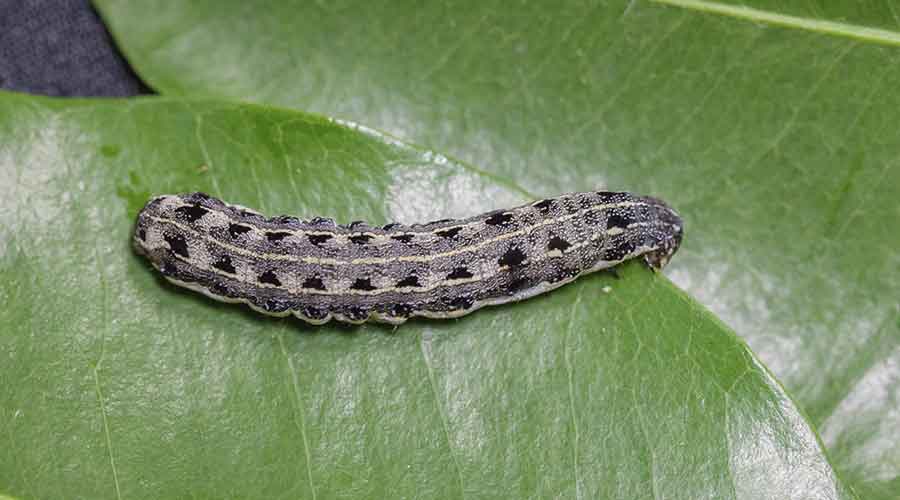
Understanding Sluggo
Sluggo is a widely used, environmentally friendly product designed to control slugs and snails in gardens and other cultivated areas. Its active ingredient is iron phosphate, which is safe for humans, animals, and plants when used according to the label directions. Iron phosphate works by disrupting the digestive system of slugs and snails, causing them to stop eating and eventually die.
One of the advantages of Sluggo is that it is approved for organic production. This means it can be used in gardens where organic practices are followed, without fear of introducing chemical pesticides. You can find more information about it in this PDF about Integrated Pest Management.
Cutworms, on the other hand, are a group of moth caterpillars that cause damage to various garden crops by consuming the stems and leaves of young plants. Unlike slugs and snails, cutworms are not mollusks, so products targeting mollusks, like Sluggo, might not be as effective against them.
Though Sluggo is not specifically designed to target cutworms, some gardeners have reported it being useful in reducing the overall number of pests in their gardens, including cutworms. However, this could be due to secondary effects such as a reduction in their preferred food sources. To control cutworms, other integrated pest management strategies might be more effective, such as hand-picking the insects or using targeted insecticides.
In summary, Sluggo is an organic product that primarily targets slugs and snails but may have some indirect effects on cutworm populations. For more specific cutworm control, consider implementing other integrated pest management practices recommended for these pests.
Sluggo’s Effectiveness Against Cutworms
Primary Active Ingredient
Sluggo is a popular pest control product that is designed to target various garden pests, including cutworms. The primary active ingredient in Sluggo is Iron Phosphate, which is a naturally occurring mineral compound. When ingested by pests like cutworms, it disrupts their digestive system, ultimately causing them to stop feeding and die.
This ingredient poses minimal risk to humans, pets, and beneficial insects, making it an environmentally friendly choice for gardeners looking to protect their plants from cutworm damage.
Application
To use Sluggo effectively against cutworms, it is important to follow the recommended application methods. These include:
- Broadcasting the granules evenly around the base of the plants or in the soil where cutworms are known to be present.
- Applying the product in the late afternoon or evening, when cutworms are most likely to be active.
- Reapplying the product after heavy rain or watering, as this may wash away some of the granules.
Here are the suggested application rates:
| Garden Size | Amount of Sluggo |
|---|---|
| Small garden bed | 1-2 handfuls |
| Medium garden bed | 2-4 handfuls |
| Large garden bed | 4-6 handfuls |
Results
The effectiveness of Sluggo against cutworms can vary depending on how well the product is applied and the specific cutworm species being targeted. However, many gardeners have reported positive results in controlling cutworm populations and protecting their plants from damage.
When applied correctly, Sluggo can be a valuable part of an integrated pest management strategy to control cutworm infestations in home gardens safely and efficiently.
Alternative Methods for Cutworm Control
Cultural Practices
Cultural practices can be effective in controlling cutworms. One such method is regular monitoring and observing the affected area. This can lessen future damage and help growers identify the presence of cutworms early.
- Keep the field or garden clean by removing weeds and plant debris.
- Till the soil at the end of the season to expose cutworm pupae and destroy their habitat.
- Use barrier methods, such as placing collars around young plants to restrict cutworm access.
Chemical Options
Chemical options are available for dealing with cutworms. It is vital to use them responsibly and follow the label directions for application to reduce harm to the environment and non-target organisms.
- Apply insecticides, like pyrethroids, on the soil surface at the base of plants, ensuring thorough coverage.
- Use baits containing insecticides to target cutworms that feed on the bait and get eliminated.
- Sluggo is one option for slug control which may indirectly impact cutworm populations due to shared habitats and food sources.
Biological Control
Biological control methods can be used against cutworms by introducing their natural enemies to the affected area. Some options include:
- Introducing parasitic wasps, which are known to target and lay eggs on cutworm larvae, eventually killing them.
- Beneficial nematodes in the soil can infect and kill cutworm larvae and pupae.
- Encouraging ground beetles and birds to the area as they feed on cutworm larvae and can help control their population.
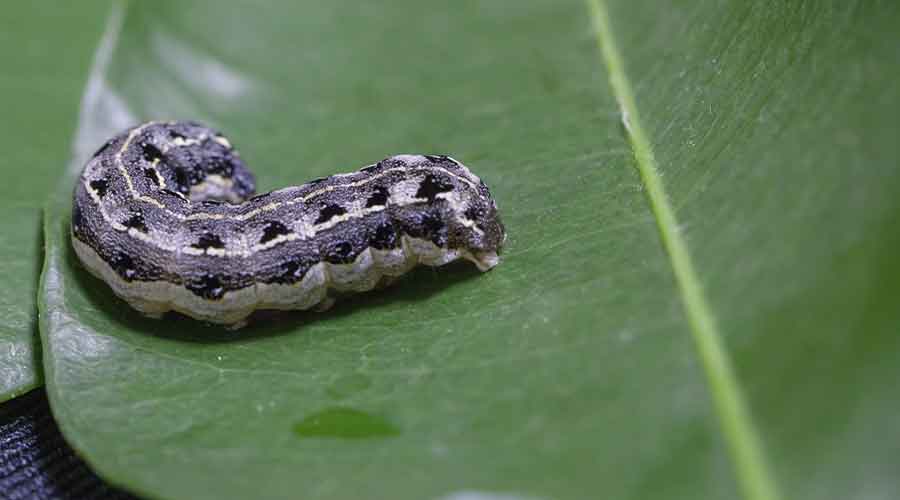
Preventing Cutworm Infestations
Garden Maintenance
One of the key factors in preventing cutworm infestations is proper garden maintenance. Regularly removing weeds, debris, and leaf litter from your garden can help reduce the presence of cutworms and their eggs. Additionally, it’s essential to maintain healthy soil by incorporating organic matter, such as compost, into the soil. This promotes a diverse ecosystem of beneficial insects and microorganisms, which can help keep cutworm populations under control. Furthermore, tilling the soil in the fall can expose cutworm larvae to natural predators like birds, reducing their survival rate.
Monitoring and Early Detection
Monitoring your garden for signs of cutworm activity can help detect their presence early on and prevent extensive damage. Cutworm larvae are nocturnal feeders, so inspecting your plants in the evening or early morning is more likely to reveal their activity. Some signs of cutworm infestations include:
- Chewed or severed stems near the soil surface
- Rolled leaves with caterpillar-like larvae inside
- Holes in leaves or irregular notches along the edges
- Small, black fecal pellets
If you suspect a cutworm infestation, using products like Sluggo can help control these pests. Sluggo is an organic product safe for use in gardens and effectively targets both cutworms and slugs.
In conclusion, proper garden maintenance and monitoring techniques can help prevent cutworm infestations and minimize any potential damage to your plants.

